Fashionable Patterns in Japan from the Early 20th Century
The design magazine 'Shin-Bijutsukai' served as a model for artisans with its selections of varied patterns to reproduce in different media.

© Public Domain
Edited by illustrator and designer Korin Furuya who specialised in representational art, design magazine Shin-Bijutsukai featured the work of the best artists, illustrators, engravers, and painters of the early 20th century. The design elements reproduced over the pages represent flora and fauna and also more abstract shapes.
As well as editing the magazine, Korin Furuya himself worked on the theme of the collections. He also created other works in a format known as orihon, an album that folds out like an accordion, in which he compiled images of wood engravings representing pine trees and bamboo and an entire collection of patterns adorned with metallic pigments.
Templates for artisans
Published monthly, the magazine not only promoted the artists featured in it but also represented a veritable bible for creators and artisans. The creation of fabrics, paper, ceramic objects… all of these were domains professionals drew from in Shin-Bijutsukai—with its various selections of patterns—to inspire their own collections. Korin Furuya wanted his magazine to be seen as a collection of works of art that could be viewed as such or used in everyday life in Japan. These illustrations now belong to the public domain and can be downloaded for free from The Public Domain Review.
This compilation of work recalls that of Mori Yuzan who created Hamonshu, a design work, in 1903, which presented series of wave designs and is also available online.
More details on Shin-Bijutsukai magazine can be found on The Public Domain Review.
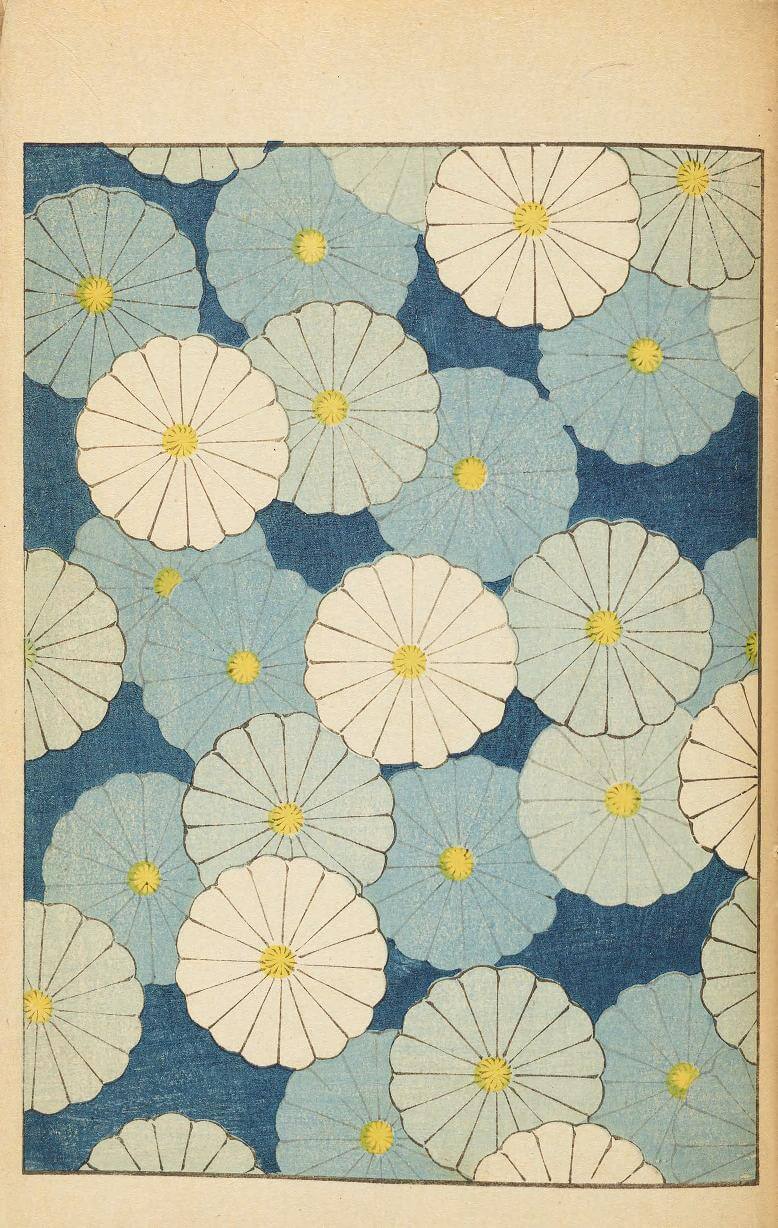
© Public Domain
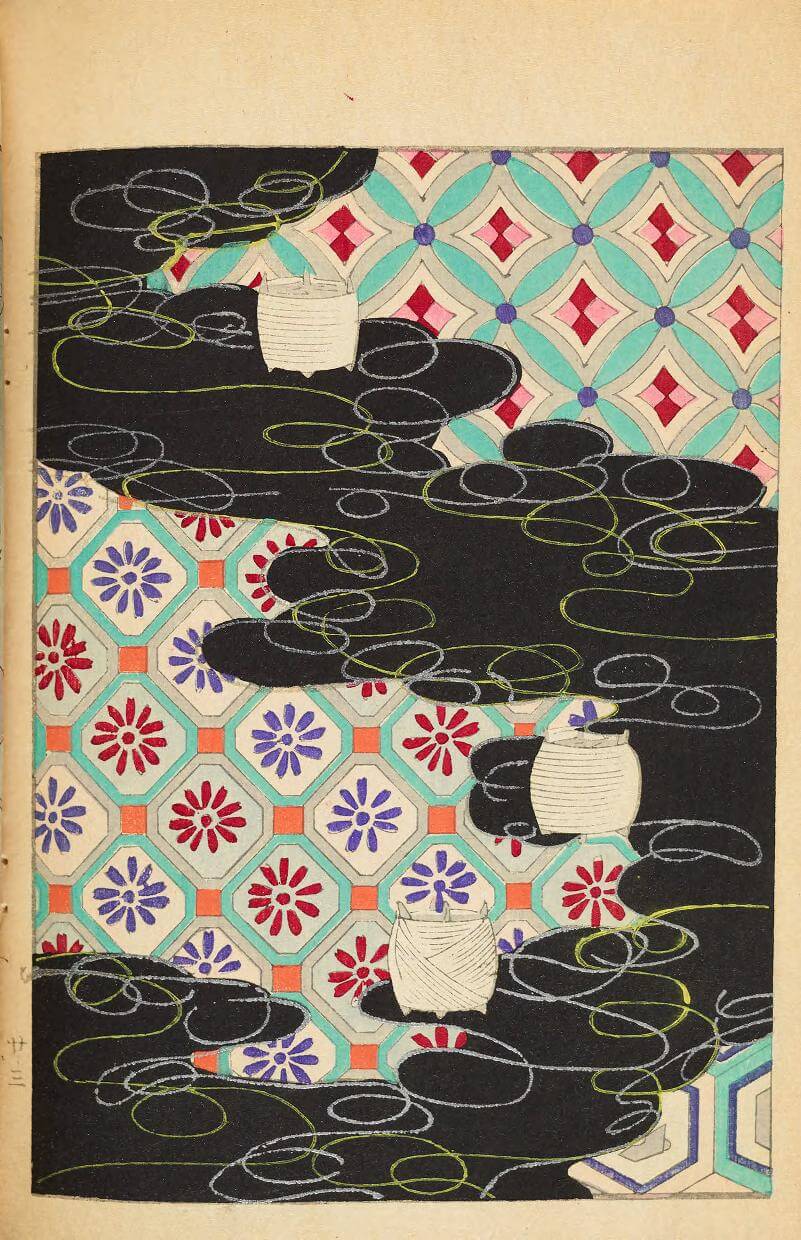
© Public Domain

© Public Domain
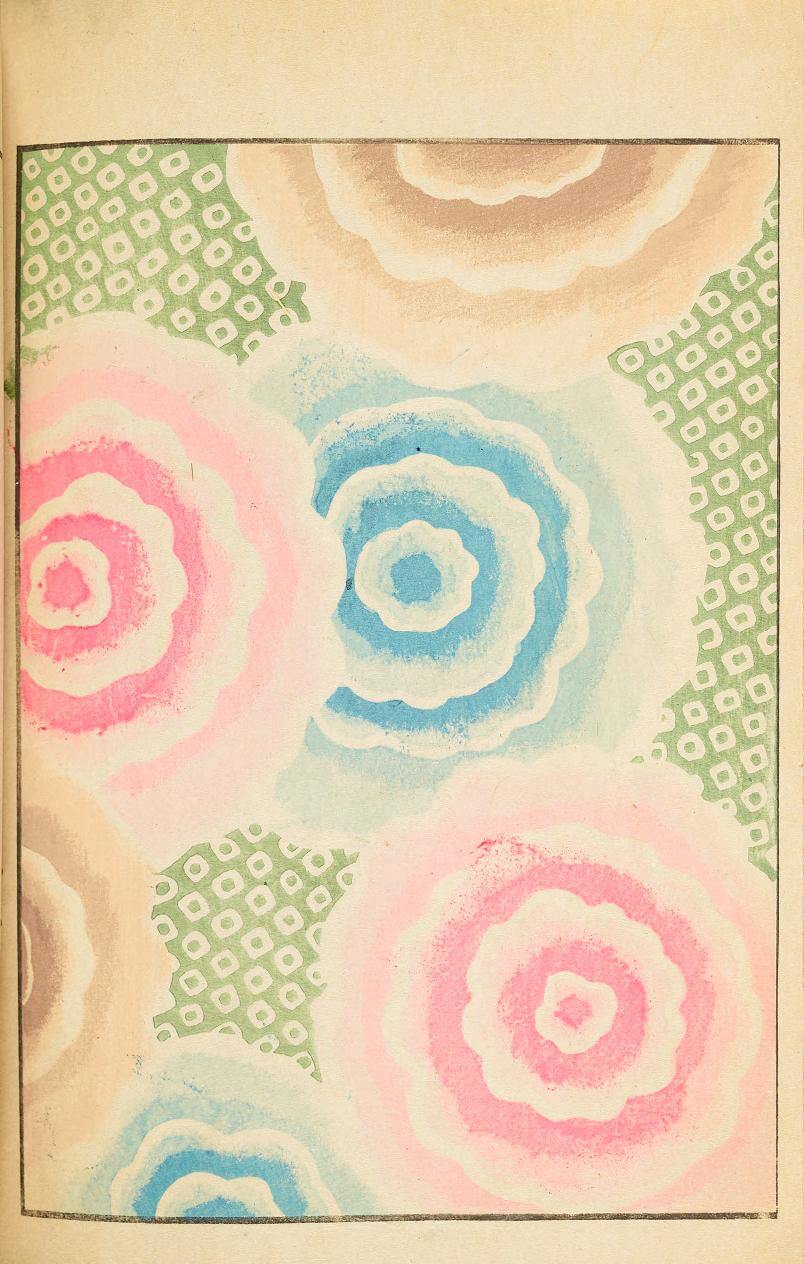
© Public Domain
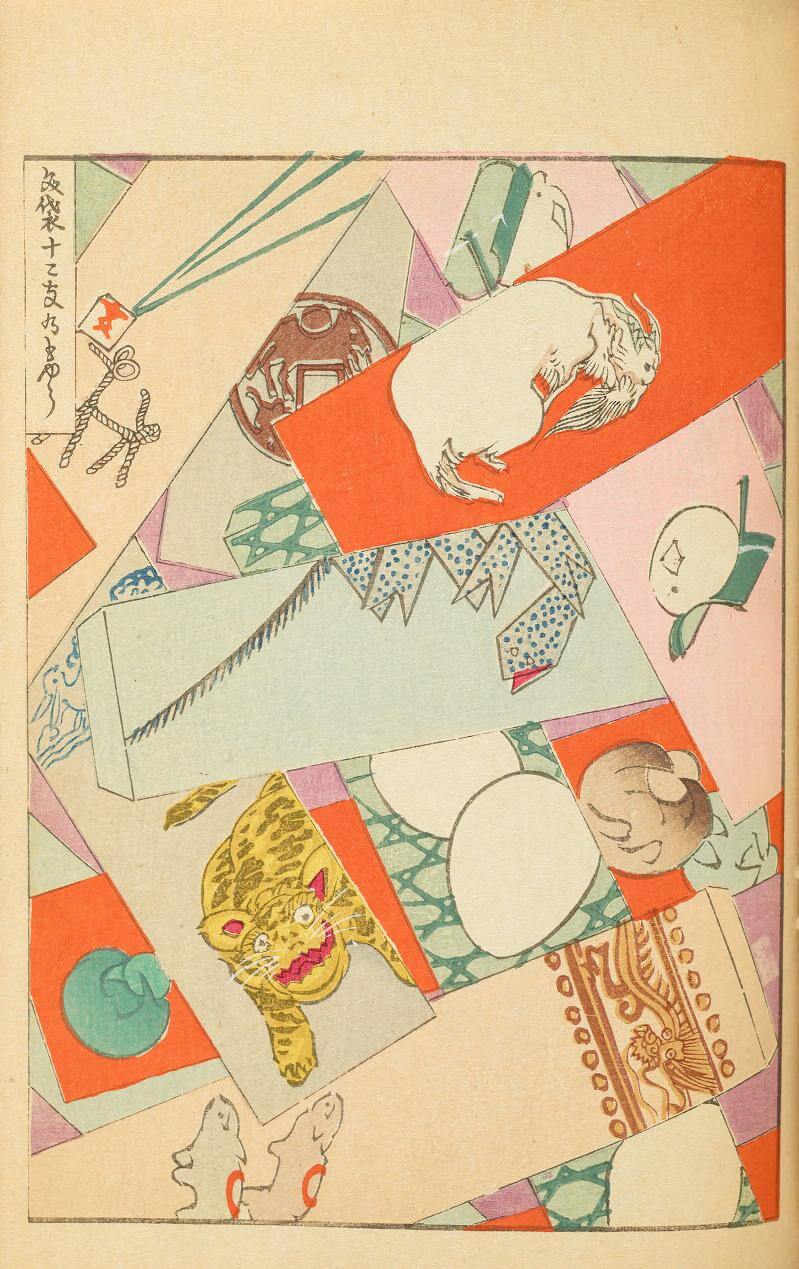
© Public Domain
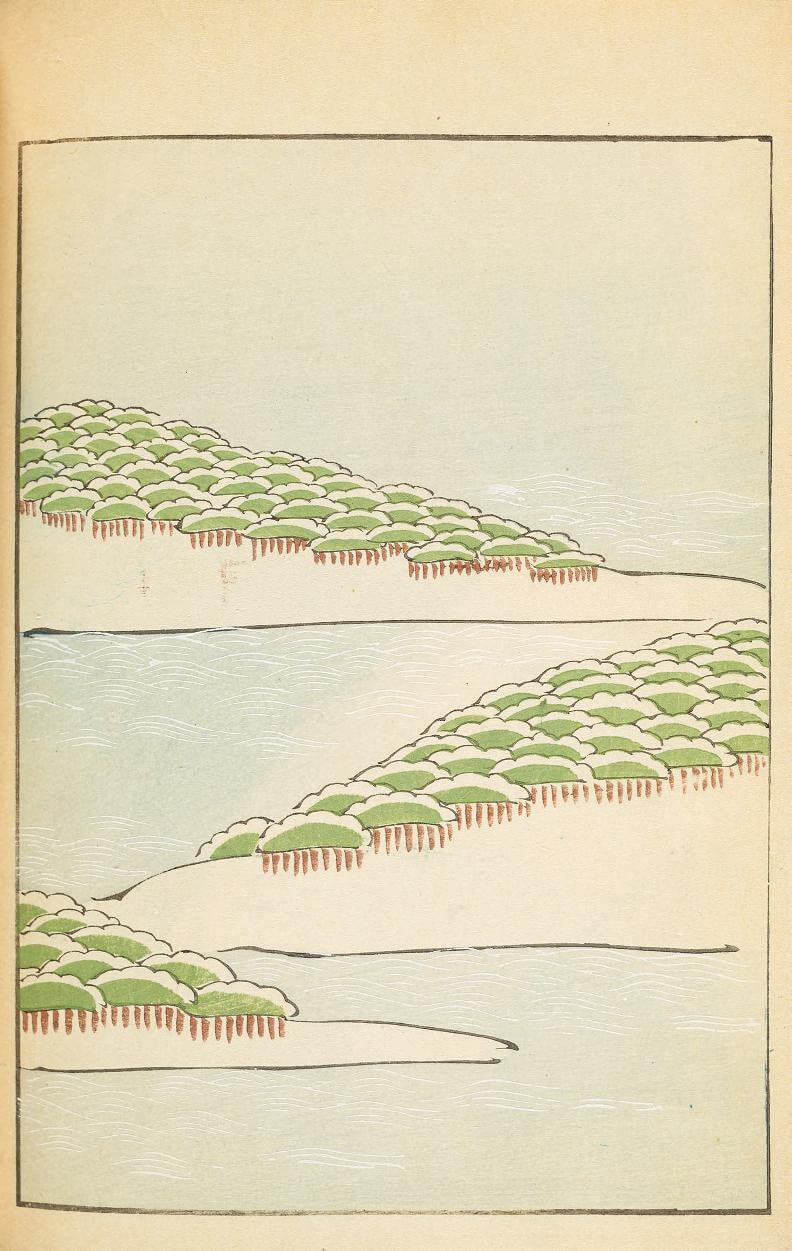
© Public Domain
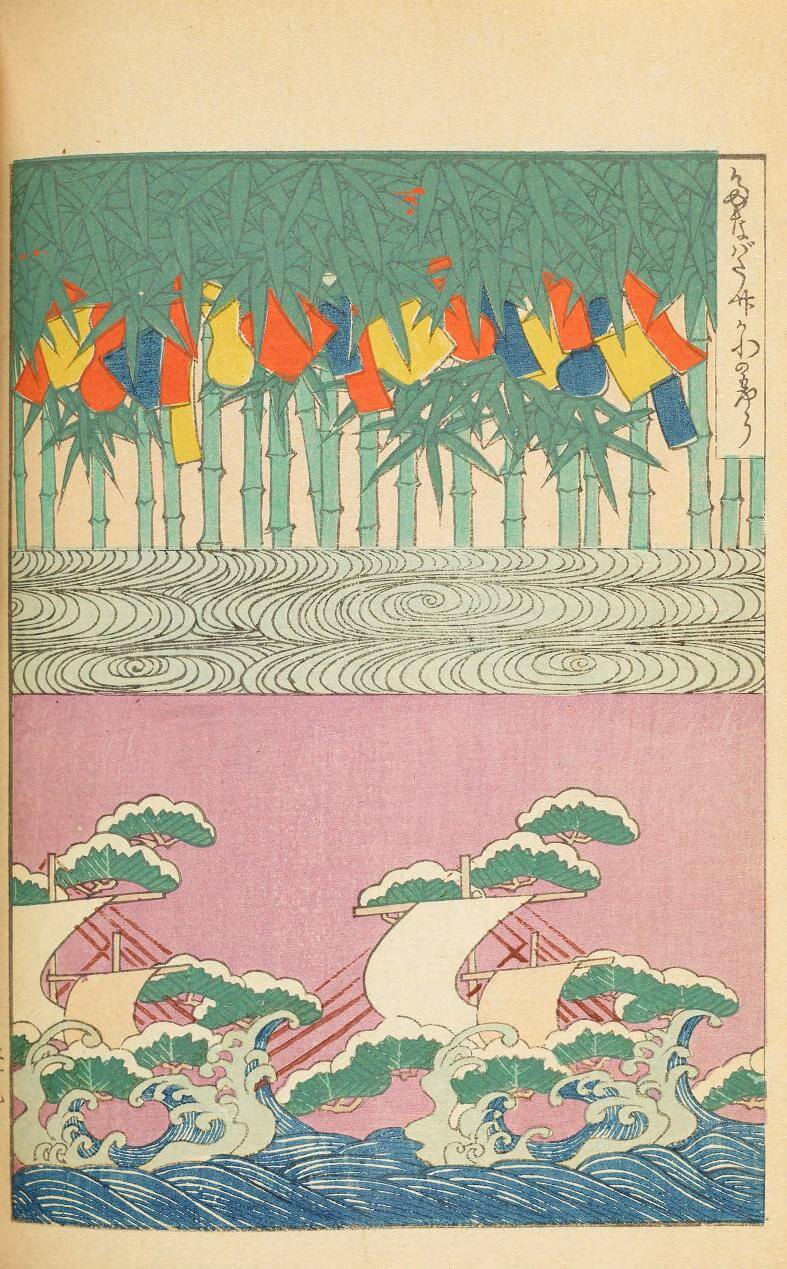
© Public Domain
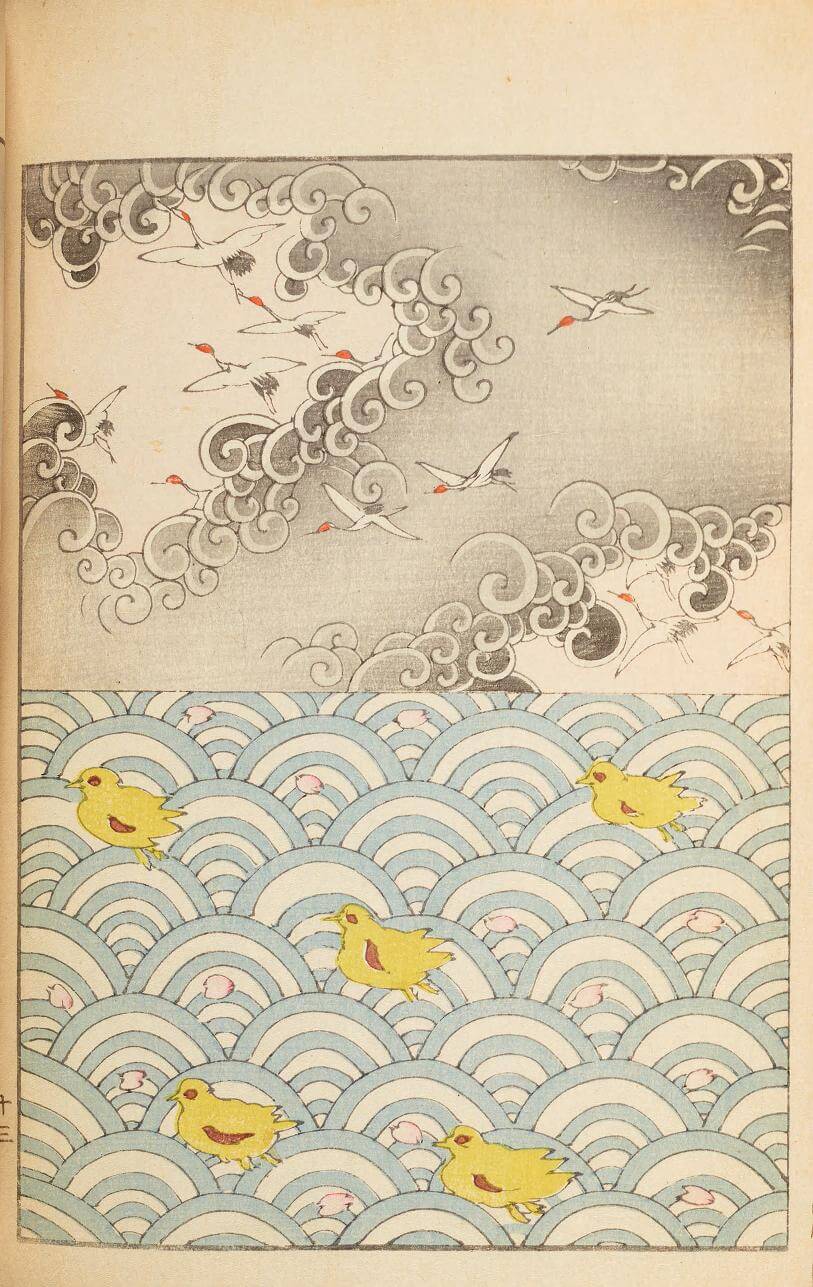
© Public Domain

© Public Domain
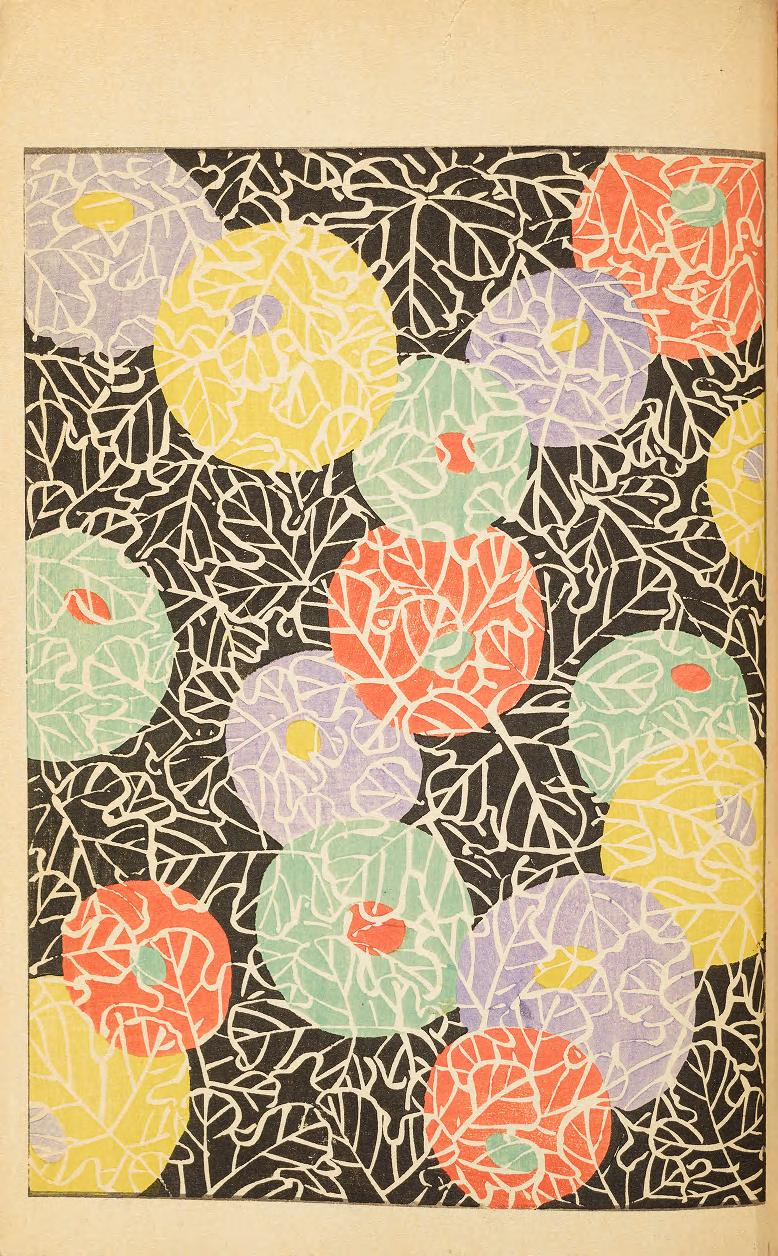
© Public Domain

© Public Domain
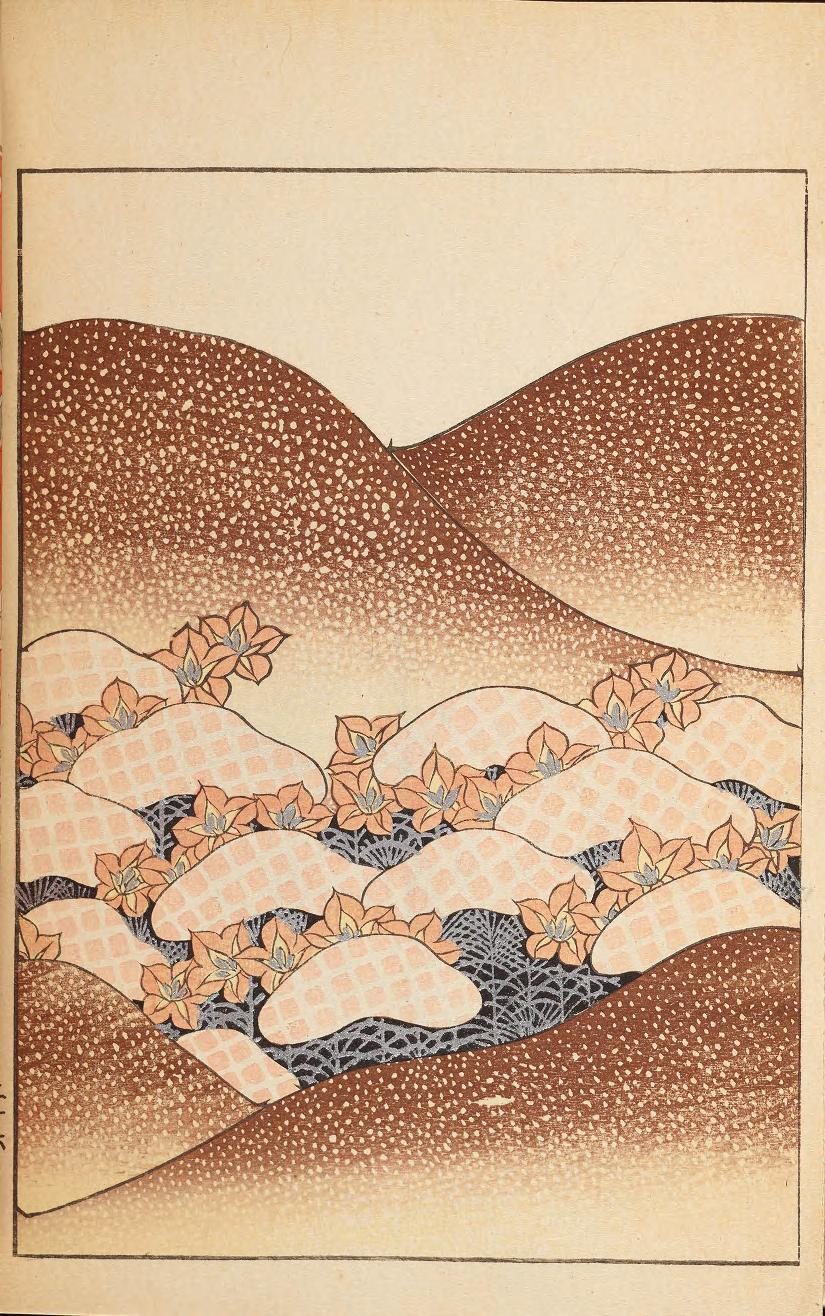
© Public Domain

© Public Domain
TRENDING
-
A House from the Taisho Era Reveals Its Secrets
While visiting an abandoned building, Hamish Campbell discovered photographs the owner had taken of the place in the 1920s.

-
The Taboo-Breaking Erotica of Toshio Saeki
The master of the 1970s Japanese avant-garde reimagined his most iconic artworks for a limited box set with silkscreen artist Fumie Taniyama.

-
With Meisa Fujishiro, Tokyo's Nudes Stand Tall
In the series 'Sketches of Tokyo', the photographer revisits the genre by bringing it face to face with the capital's architecture.

-
Masahisa Fukase's Family Portraits
In his series ‘Family’, the photographer compiles surprising photos in which he questions death, the inescapable.

-
Hajime Sorayama's Futuristic Eroticism
The illustrator is the pioneer for a form of hyperrealism that combines sensuality and technology and depicts sexualised robots.





